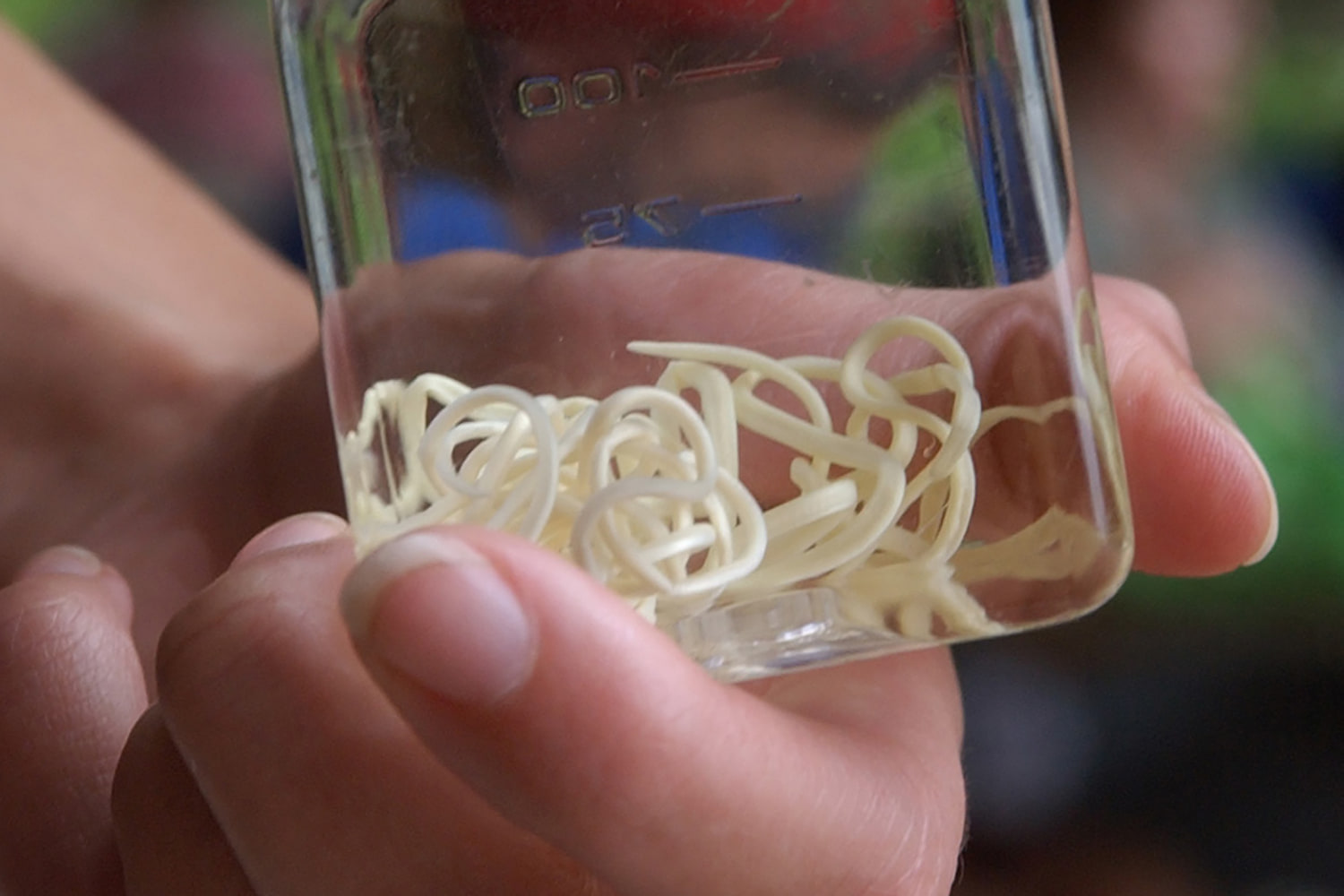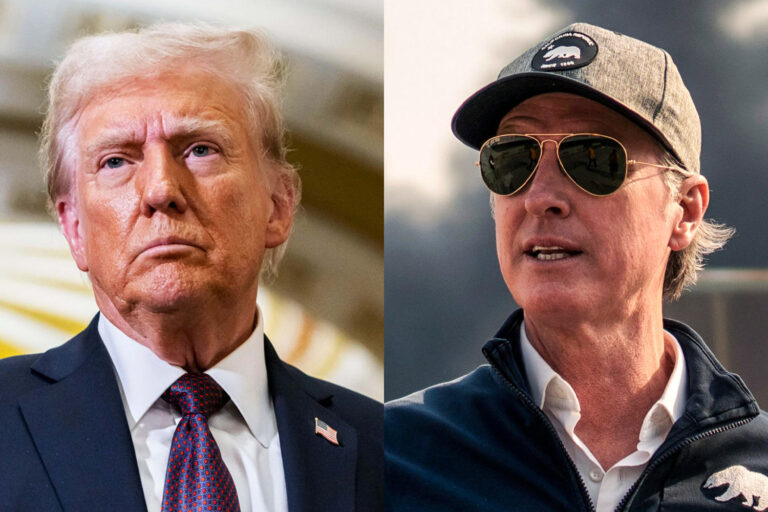The Summary
- Former President Jimmy Carter worked for decades to eliminate Guinea worm disease around the world.
- Whereas 3.5 million cases of the painful parasitic infection were recorded in 1986, preliminary data indicates there were just 11 this year.
- Carter died Sunday at age 100.
Former President Jimmy Carter hoped to outlive the Guinea worm — and he came achingly close to achieving that goal.
Carter, who died Sunday at age 100, and his nonprofit, the Carter Center, led a decades-long campaign against the disease, marshalling funding, tracking cases, helping to quell outbreaks and organizing support among world leaders and health agencies.
Guinea worm infections are caused by a parasitic worm whose larvae can contaminate water. When people consume the tainted water, the larvae mature inside the body, growing to about 3 feet long. The worms then burrow out of people’s bodies, blistering the skin as they exit in an agonizingly painful process that can take weeks.
In 1986, five years after Carter’s presidency ended, 3.5 million cases of the disease were recorded globally. As of early December, preliminary data indicates that just 11 cases have been recorded this year, and in just two countries — Chad and South Sudan, according to Adam Weiss, the director of the Carter Center’s Guinea Worm Eradication Program.
“We continue to see a tightening of how widely distributed the disease is from more than 20 countries in the 1980s to just a few so far this year,” Weiss said. “A lot of good progress is being shown.”
In 1986, the World Health Assembly called for eradication of Guinea worm disease. The Carter Center, a nonprofit created by the former president, stepped in to lead the effort, partnering with health departments in partner countries, the World Health Organization and the U.S. Centers for Disease Control and Prevention.
Carter visited a village in Ghana in 1988 that was suffering from Guinea worm infections, and he often spoke about an image that haunted him from that visit — of a Guinea worm emerging from a woman’s swollen breast.
“It left such a deep imprint on him, not because he saw despair. He felt the despair, but what he saw was there’s an opportunity,” Weiss said. “It was something he couldn’t turn his back on.”
Carter remained focused on the project until his death, telling reporters in 2015 that he wanted “the last Guinea worm to die before I do,” according to The Associated Press. He received updates on Guinea worm even after he entered hospice care, the AP reported.
Only one human disease — smallpox — has been eradicated by human efforts. Guinea worm disease could become the second, though it may take years and new methods to push the effort across the finish line.
The disease, which is most often reported in rural, impoverished areas without clean drinking water, remains endemic in several African countries. People can be infected by multiple worms at a time — one man in Nigeria suffered as health workers removed more than 80 worms from his body in 1999.
Unlike smallpox, there is no vaccine or treatment to stop Guinea worm disease. So the Carter Center has worked with African and Asian health agencies to change how rural villagers live daily life by offering education about how the disease spreads and how to prevent it, providing water filters to those in need and using larvicides to control outbreaks.




















+ There are no comments
Add yours